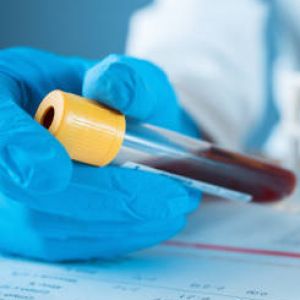Better Understanding COVID-19 with Integrated Single-cell AnalysisPosted by Vivian creative on September 17th, 2021 Having caused over 4 million of deaths all around the world, coronavirus disease 2019 (COVID-19) keeps straining patients, researchers, equipment and facility providers, as well as global health care systems in a relatively long time. The scientific community tries their best to understand the culprit of COVID-19, a virus named severe acute respiratory syndrome coronavirus 2 (SARS-CoV-2), including how it enters and infects the host, how the host\'s immune system interacts with it, and how the disease further injures tissues and organs of the host. Viral Entry and Tropism SARS-CoV-2 binds its spike protein to angiotensin-converting enzyme 2 (ACE2) on the cell surface, starting the first communication with cells. A combination of spike protein with ACE2 will help the spike protein muddle through so that the host transmembrane protease serine 2 (TMPRSS2) can interact with it for further membrane fusion. This is believed to be the primary mechanism of viral entry and infection in vivo. Alternatively, the virus can also get into a normal cell through endocytosis, after which the spike protein is activated by the endosomal proteases cathepsins B and L. As a consequence, the cellular tropism of SARS-CoV-2 is largely decided by the distribution of ACE2. Recent transcriptomic studies, especially those based on the technology of single-cell RNA sequence or scRNA-seq for SARS-CoV-2, have found that ACE2 is highly expressed in the cells of lungs, intestinal tract, kidneys, gallbladder, and heart, though some lower levels of expression were observed in other tissues and organs like the brain, epididymis, ductus deferens, and breast. Single-Cell Omics for COVID-19
Once the virus is in fusion with the cell membrane and released into the cytoplasm, what followed is the replication of the RNA and the translation of viral proteins. In this progress, SARS-CoV-2 participates in the alteration of uncountable cellular proteins and pathways that haven\'t be identified yet by researchers. To better understand the transcriptional changes and gene expression differences, researchers take advantage of single-cell RNA sequencing to comprehensively characterize the gene expression changes of different tissues and cells after SARS-CoV-2 infection. Then why apply scRNA-Seq to SARS-CoV-2 studies? Studies show that ACE2 is expressed in a wide range of cells and other expressions of host factors, including TMPRSS2 and NRP1 could also contribute to viral tropism, causing possible multiorgan failure. These factors are major obstacles to thoroughly understanding the disease pathophysiology of SARS-CoV-2 and the underlying reasons for interpatient variability. Therefore, research based on a level of a single cell for COVID-19 patients is necessary. scRNA-Seq is applied to the study of SARS-CoV-2 namely because it\'s powerful in:
Besides single-cell RNA sequencing, research on COVID-19 could also be advanced by emerging single-cell epigenomic methods, including the high-throughput single-cell assay for transposase accessible chromatin sequencing (ATAC-seq) for a better understanding of gene regulation. ATAC-seq for SARS-CoV-2 helps comprehend the sequence variation of ACE2 and the proportion changes of cell subtypes in organs between different species, by which scientists can select animal models closest to humans for COVID-19 studies. Great advancement of research has been made with unremitting efforts from all parties. All in all, integrated single-cell solutions to COVID-19 unveil diverging immune and pathological features, allowing a better comprehension of the transcriptional changes and gene expression differences after SARS-CoV-2 infection, meanwhile bringing new insights on novel therapeutic candidate development. Like it? Share it!More by this author |


